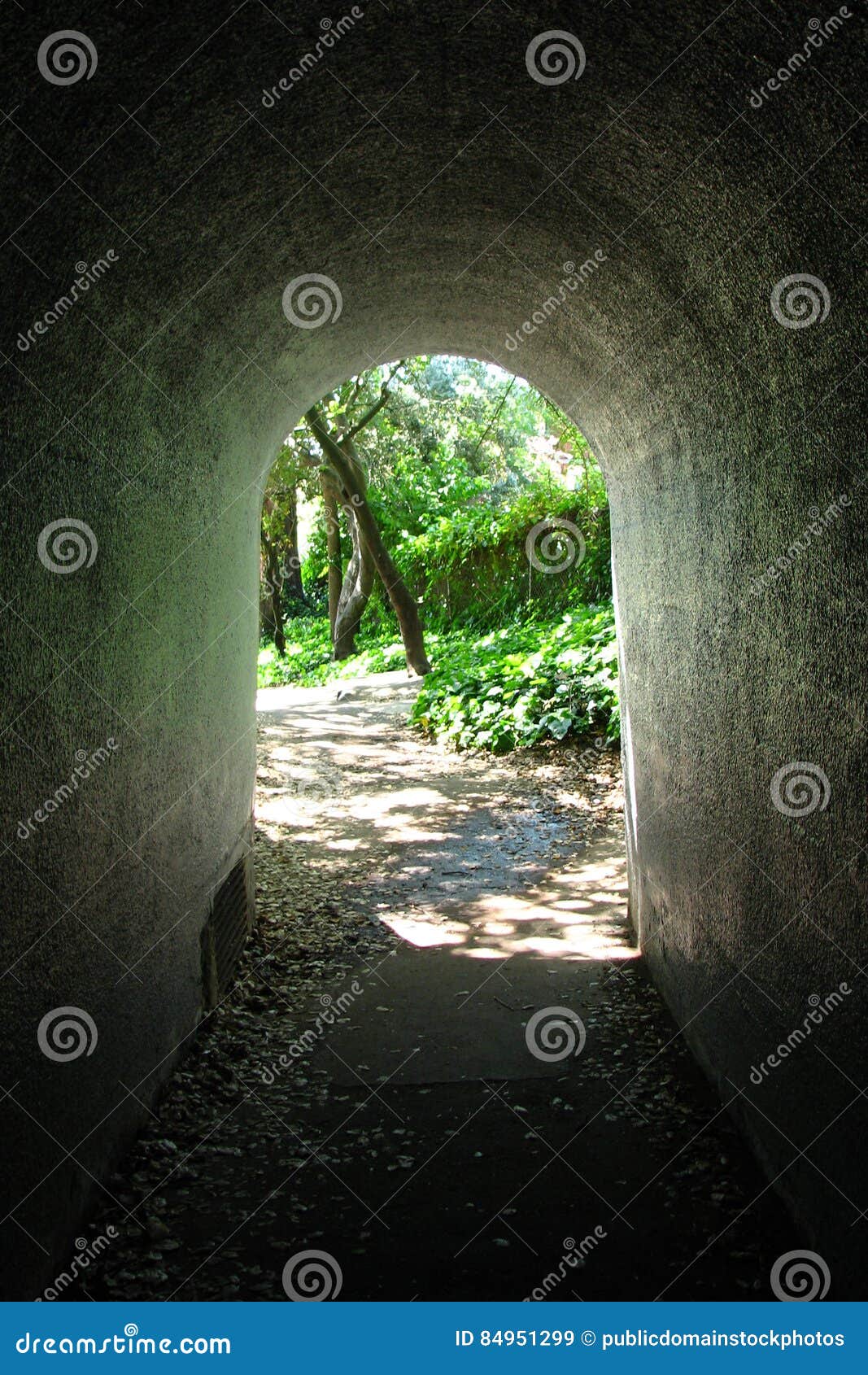

In comparison to the original Albula Tunnel, the new bore is considerably larger due to newer operational and safety standards. Costed at around CHF 244 million, construction commenced during 2014. But in 2010, the Rhaetian Railway announced that it had identified the construction of a second tunnel alongside the first as its preferred option, with one of several reasons being a relatively minor difference in cost. During the winter season, car transporter trains operating between Thusis and Samedan also used the tunnel until 2011.ĭue to the threat of rockfalls and general deterioration over time, it was planned for the original tunnel to have been renovated during the 2020s. The Glacier Express passes through it daily. The tunnel serves both passenger and freight traffic. At a total length of 5,865 m (19,242 ft), the tunnel connects the Albula Valley with the Engadin Valley, and, in so doing, passes under the watershed between the Rhine and the Danube a few kilometres west of the Albula Pass. The northern portal of the tunnel is at Preda, in Bergün, and the southern portal at Spinas, in the Bever valley. With its maximum elevation of 1,820 m (5,970 ft) above sea level, it is amongst the highest tunnels in the Alps, and has a mountain overlay of up to 950 m (3,120 ft). The Albula Tunnel is the centrepiece of the Albula Railway, which forms part of the Rhaetian Railway network, in the Canton of Graubünden, Switzerland.


 0 kommentar(er)
0 kommentar(er)
